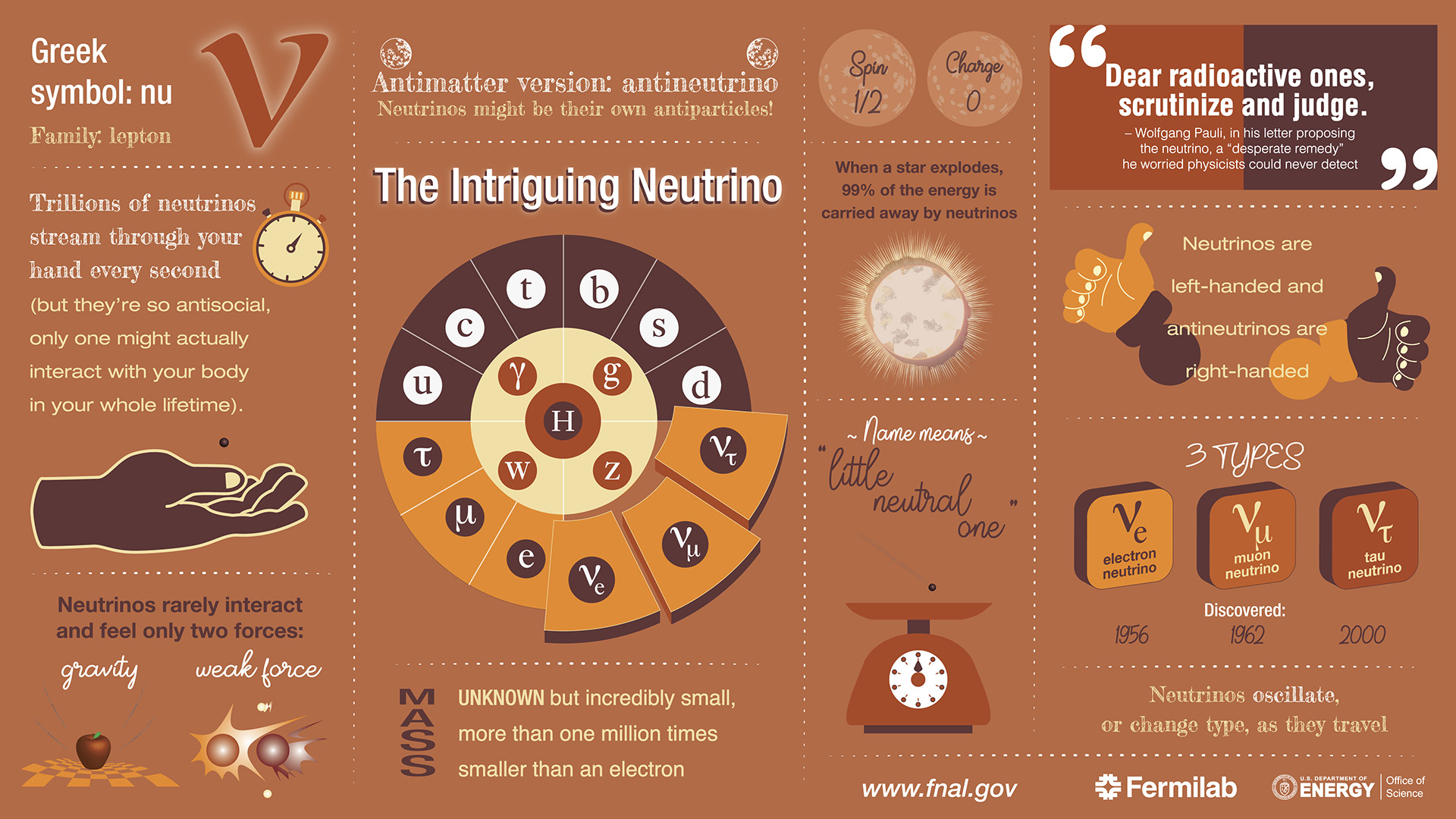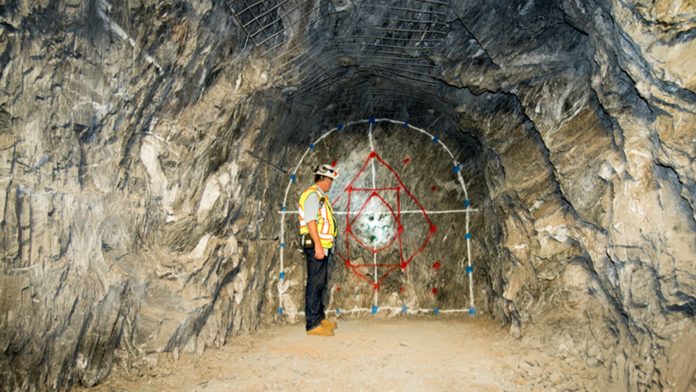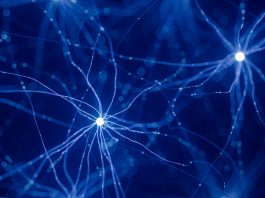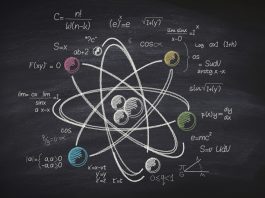Stefan Söldner-Rembold, Co-spokesperson for Fermilab’s Deep Underground Neutrino Experiment (DUNE), explores the groundbreaking discoveries that the experiment is set to enable.
The U.S. Department of Energy’s Fermi National Acceleratory Laboratory (Fermilab) is America’s particle physics and accelerator laboratory, working to answer pressing questions regarding matter, energy, space, and time. The Fermilab complex is currently undergoing a major upgrade, known as PIP-II, which will provide unmatched levels of accelerator power to enable a range of groundbreaking experiments.
Most prominently, the PIP-II enhancement will power the world’s most intense beam of high-energy neutrinos as part of the Deep Underground Neutrino Experiment (DUNE). As a large international collaboration of over 1,000 scientists from around the world, DUNE will seek to enhance our understanding of neutrinos, potentially solving some of the largest mysteries surrounding our Universe.
Comprised of state-of-the-art particle detectors, DUNE’s far detector will be the largest of its type ever built and will have the ability to record neutrino interactions with unmatched precision. DUNE will be installed in the Long-Baseline Neutrino Facility (LBNF) and will launch a beam of neutrinos through the Earth from Fermilab in Batavia across 800 miles to its target at the Sanford Underground Research Facility in South Dakota.
To learn more about DUNE and the groundbreaking discoveries that it could enable, The Innovation Platform spoke to Stefan Söldner-Rembold, DUNE Co-spokesperson.
Why is DUNE needed and what capabilities will it allow that has not been possible previously? Why is current understanding of the neutrino so limited?
Neutrinos have proven that they can illuminate unknown questions surrounding physics, beyond what is called the Standard Model of particle physics. Originally, an experiment conducted in the same mine where DUNE will be built observed fewer neutrinos leaving the Sun than what was expected. From this deficit, we unexpectedly learnt that neutrinos have mass. The mass of a neutrino is miniscule, however, and is much smaller than the mass of any other fundamental particle. This means that neutrinos have very peculiar and strange properties, and in some ways they behave and perform with greater similarity to photons.
One of the strange phenomena that neutrinos exhibit is known as neutrino oscillations. This means that a neutrino that travels through time and space can remarkably change its identity. We know that there are three different ‘flavours’ of neutrinos – electron neutrinos, tan neutrinos, and muon neutrinos – and they can change from one type of neutrino to another as they travel from the Sun to Earth.
Related to this is a particularly interesting phenomenon known as ‘CP violation’, which implies that neutrinos and antineutrinos do not behave in the same way. This is something that we have seen before for other particles of the Standard Model, but it has never been observed in neutrinos. This could potentially be the key to understanding why there is a matter-antimatter asymmetry in the Universe.
The matter asymmetry that we observe is obvious to us, as we are made of matter. We assume, however, that the original state of the Universe was symmetric in terms of matter and antimatter. Now, there needs to be an explanation as to why it appears that the visible Universe is made entirely out of matter, and neutrinos could be the answer to understanding this symmetry. DUNE can discover this effect and measure it precisely, significantly improving our understanding of how the Universe came to be and how it came to look like it does today.
One of the problems is that neutrinos do not do very much when they go through matter. Every second, 1012 neutrinos travel through our fingertip and it is not noticeable. In fact, a neutrino could go through a lightyear of lead without noticing it. To observe neutrinos in an experiment, there are three things that we must do.
Firstly, we must have a very intense source of neutrinos, because only very few of them will actually interact. To achieve this, new types of accelerators with very high intensities must be built, which happens currently at Fermilab. Secondly, massive detectors are required to allow scientists to study the small differences in behaviour between neutrinos and antineutrinos, which is why DUNE is so large. The entire mass of the detectors needs to be instrumented to be able to observe the neutrinos. Finally, because the interactions are relatively rare, the detector must be shielded from cosmic rays because cosmic rays produce a lot of background noise. This is the reason why the DUNE experiment will be located one mile underground in a former gold mine.

What key questions is it hoped that DUNE will be able to answer?
The first observation, which I have previously alluded to, is violation of CP symmetry – understanding the distinction between matter and antimatter through the discovery of tiny difference in behaviour of neutrinos and anti-neutrinos. More generally, we hope to understand the interactions of neutrinos and to discover the underlying physical laws that govern this part of the Standard Model.
DUNE is a neutrino observatory that not only observes neutrinos coming from Fermilab but also neutrinos reaching us from a supernova or the Sun. The neutrinos that are produced from a supernova can provide an understanding on how a supernova works, whilst also offering insight into how neutrinos function. A supernova emits more than 99% of its energy in the form of neutrinos.
As the neutrinos can travel through matter unimpeded, the dynamics of how a supernova explosion works can be followed. The neutrinos are not held back by anything that occurs within a supernova, allowing for a good time resolution to measure what happens to this supernova in its different phases, which extend over several seconds. DUNE is a large scientific experiment, and these are just two of the science highlights.

What makes the DUNE collaboration unique?
A key factor is that it is a very large international project and, in neutrino physics, a project of this size has never been attempted before. There are more than 1,000 people from 33 countries participating in DUNE and that is quite exceptional.
What also makes it special is that it is the largest international scientific project on US soil. While the experiments at CERN are located at a single place, this experiment extends over the whole continent, from Chicago to a mine in the Rocky Mountains.
What stage is the project now in and when is DUNE expected to be fully operational?
Currently, there is an ongoing excavation for the far detector in the mine at the SURF laboratory in South Dakota. Rock is being moved because, while there is already a mine there, a facility must be built underground so that the experiments can be housed in large caverns. The final size of DUNE will be four modules each filled with 17,000 tons of liquid argon and about 60 x 20 x 20 metres large.
The first detector components are now being built. A lot of prototyping and experimental work has been carried out at CERN, which is a partner on the project. CERN has not participated in an overseas project like this before. In the UK, we have also started building big components of these first detectors at the Daresbury Laboratory in Cheshire.
We expect the first far detector modules to take data at the end of this decade. The beam and the near detector at Fermilab will then be operational after a couple of years. Over a period of several years, the capabilities will be further extended and upgraded.
What particular areas of innovation could DUNE help to facilitate?
DUNE is a research experiment that aims to understand how the Universe works. Using liquid argon to measure particle interaction is an extremely interesting technology and will be used in a variety of experimental environments to study other phenomena – for example, in experiments that search for dark matter. World-leading work using Machine Learning helps to develop computing and advanced algorithms that are needed to reconstruct the neutrino interactions in argon.
The accelerator technology that is being developed to produce the high intensity beams has a lot of potential future applications. Accelerator R&D that is happening at places like Fermilab can be translated to applications and innovations in areas of industry and medicine.

Stefan Söldner-Rembold
DUNE Co-spokesperson and Professor of Particle Physics
University of Manchester
www.dunescience.org
https://www.linkedin.com/company/fermilab/
https://www.facebook.com/Fermilab
https://twitter.com/Fermilab?ref_src=twsrc%5Egoogle%7Ctwcamp%5Eserp%7Ctwgr%5Eauthor
Please note, this article will also appear in the tenth edition of our quarterly publication.









